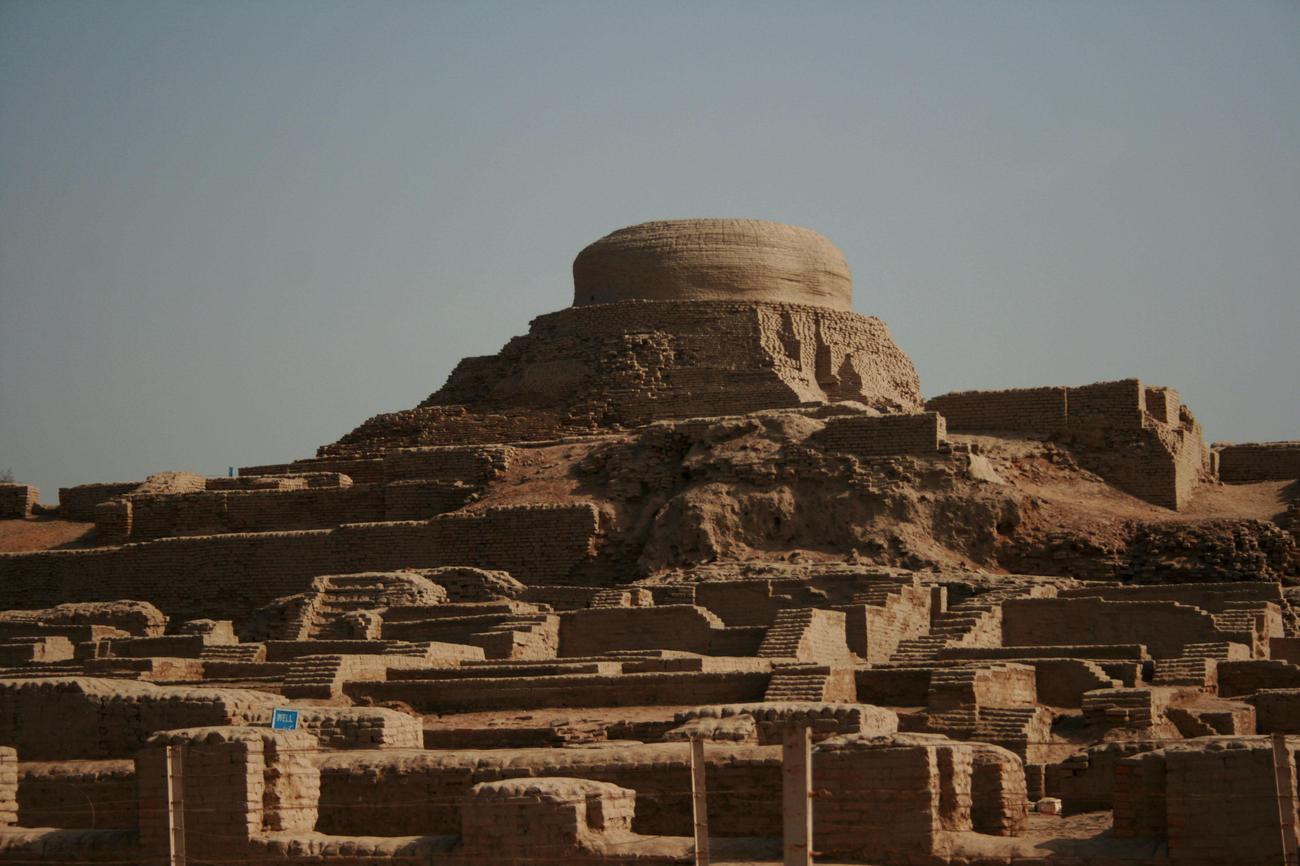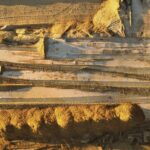(Note: This title may need to be modified to meet specific character or length requirements for Google Discover.)
In this article, we delve into the fascinating world of incredible termite mound structures and unveil the awe-inspiring engineering brilliance of nature. From their remarkable efficiency to unique ventilation systems and architectural designs, these tiny architects have perfected the art of construction. Join us as we explore the hidden wonders that exist within our own backyards and unravel the secrets behind these marvels of termite societies.

Incredible Termite Mound Structures
Termites are remarkable creatures that have captivated the curiosity of ecologists and entomologists alike. These tiny architects construct intricate mounds that showcase nature’s engineering brilliance. Let’s delve into the incredible world of termite mound structures and uncover the hidden wonders within.
The Art of Ventilation
Ventilation is crucial for maintaining the optimum temperature and humidity levels inside termite mounds. These structures have a complex system that allows for efficient airflow regulation. By creating a network of tunnels and vents, termites ensure a constant exchange of air, preventing the mounds from becoming too hot or too cold. The marvel lies in their ability to create a naturally controlled environment within their dwellings.
“Within these mound structures, termites have mastered the art of ventilation, ensuring their colonies thrive in the ever-changing outdoor conditions.”
Building with Nature’s Toolbox
Termite mounds are not simple dirt heaps; they are constructed using a unique combination of soil, wood particles, and termite saliva. This mixture forms a sturdy material that is not only durable but also provides great insulation. The saliva acts as a binding agent, creating a cohesive structure that can withstand external pressures. These resourceful architects utilize the materials readily available to them, showcasing their resourcefulness and adaptability.
“By skillfully combining soil, wood, and their own saliva, termites create an architectural masterpiece that serves as their fortress and sanctuary.”
Communication: the Key to Collaboration
Termites are highly social insects that rely on communication to work together harmoniously. They communicate through pheromones, chemicals that enable them to convey messages and coordinate activities. This communication network allows them to synchronize their efforts in building and maintaining the mound structures. Vibrations also play a vital role, as termites use them to convey warnings or call for assistance. Their ability to effectively communicate is essential for their successful collaboration in creating these awe-inspiring structures.
“Through a sophisticated system of pheromones and vibrations, termites tirelessly coordinate their actions, leaving us astonished by their cooperative endeavors.”
Strength and Porosity in Unity
Termite mounds possess an incredible strength that belies their delicate appearance. The mounds are built in a way that allows for porosity and strength, providing optimal ventilation for the underground termite nests. The intricate network of tunnels and chambers ensures constant airflow while maintaining ideal temperature and humidity levels. These ingenious architects have struck the perfect balance between structural stability and airflow, creating a marvel for us to marvel at.
“Termites have managed to create a structure that embodies both strength and porosity, a testament to their remarkable architectural finesse.”
Inspiration for Innovation
The brilliance of termite mound structures extends beyond the insect kingdom. Researchers and architects have looked to these master builders for inspiration in designing energy-efficient homes and remote construction techniques. By emulating the termite’s building methods and incorporating porous walls, we can create houses that maximize natural ventilation, reducing the need for artificial cooling and heating. Nature’s engineering brilliance continues to guide us in our quest for sustainable solutions.
“Termites have become our teachers, inspiring us to build smarter and more sustainable structures by harnessing the wisdom of their architectural wonders.”
The termite mound structures showcase the ingenuity of nature and the remarkable complexity of insect societies. These incredible creations exemplify the perfect blend of efficiency, ventilation, and architectural design. As we peer into the intricate world of termites, we gain a deeper appreciation for the wonders that exist in our own backyard.
[Incredible termite mound structures] truly encapsulate the epitome of nature’s engineering brilliance, leaving us in awe of what these tiny architects can achieve.
Termites are fascinating creatures that create impressive structures known as termite mounds. These mounds are not just simple heaps of dirt, but intricate architectural marvels that serve various purposes for the termite colony. If you want to learn more about termite mound facts and delve into the incredible world of these industrious insects, click here: Termite Mound Facts. With just a simple click, you’ll be transported to a realm of knowledge where you can explore the wonders of termite mounds and gain a deeper understanding of these remarkable creations. So, what are you waiting for? Embark on this educational journey and uncover the secrets that lie within the termite kingdom.

FAQ
Question 1
What materials are termite mounds made from?
Answer 1
Termite mounds are made from a combination of soil, wood, and termite saliva, creating resilient structures.
Question 2
How do termites communicate while constructing the mounds?
Answer 2
Termites communicate with each other through pheromones and vibrations, allowing them to coordinate their efforts in building and maintaining the mounds.
Question 3
What is the purpose of the complex ventilation system in termite mounds?
Answer 3
The ventilation system in termite mounds regulates the internal temperature, providing optimal conditions for the termite colony while keeping humidity levels in check.
Question 4
Are there any practical applications inspired by termite mound structures?
Answer 4
Researchers have drawn inspiration from termite mounds to design energy-efficient houses with porous walls and explore termite-style building methods for remote construction.
Question 5
How do termite mounds protect the termite colony?
Answer 5
Termite mounds act as protective shelters for the termite colony, providing defense against predators and helping to regulate temperature and humidity levels within the nest.
- Unlock Elemental 2 Secrets: Actionable Insights Now - April 2, 2025
- Lot’s Wife’s Name: Unveiling the Mystery of Sodom’s Fall - April 2, 2025
- Photocell Sensors: A Complete Guide for Selection and Implementation - April 2, 2025
















